Average Birding

A Change of Seasons
Winter is going. Rolled over holiday for AB1 is about to expire. It's probably too early for many spring birds, but let's try to find some anyway.
This post covers birding undertaken between 26th March and Sunday 3rd April, 2022.
Stanage Edge
Ring Ouzel should have started to arrive here by now, although they are secretive buggers, and we probably get to Stanage somewhat too late (11, rather than, say, 8) to find them. Thankfully, some Red Grouse decide to put on a show for us in lieu of finding an Ouzel, and the edge itself provides a super-scenic backdrop for a gentle trundle around.
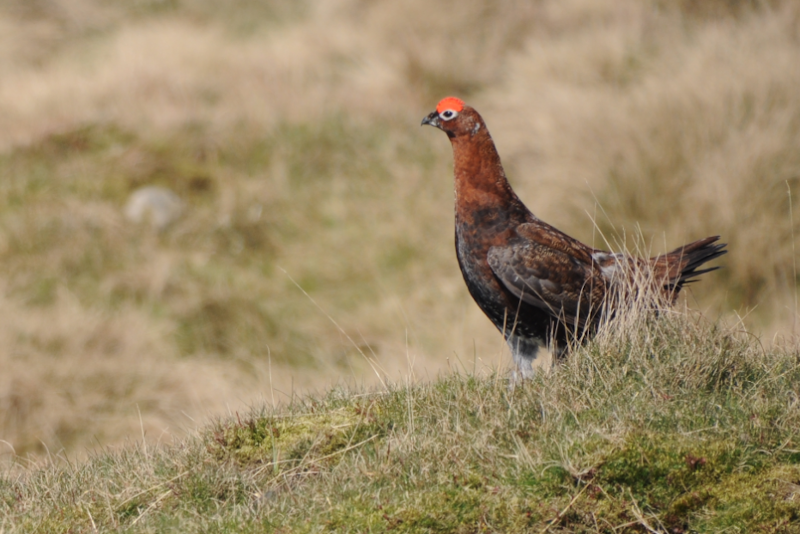


A sign of Spring
Sunday brings a visit to Attenborough, where a sign of Spring appears: can you find it?
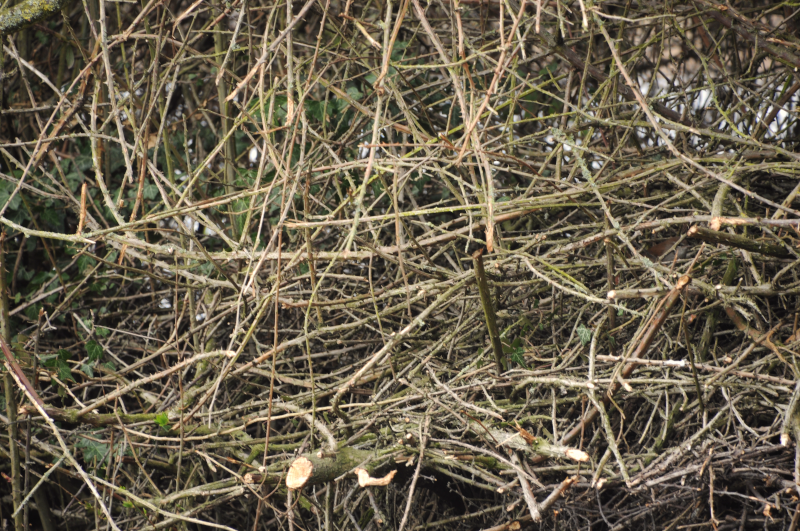
Breckland
Day One
A change of location, in search of Goshawk. We start off with a quick trip to May Day Farm in Thetford Forest. The weather is definitely Spring; a t-shirt and jeans is enough to be warm.
One circuit of the Goshawk trail finds lots of littlies, but no sign of Goshawk or Woodlark: Siskin, Redpoll, Brambling are the highlights.
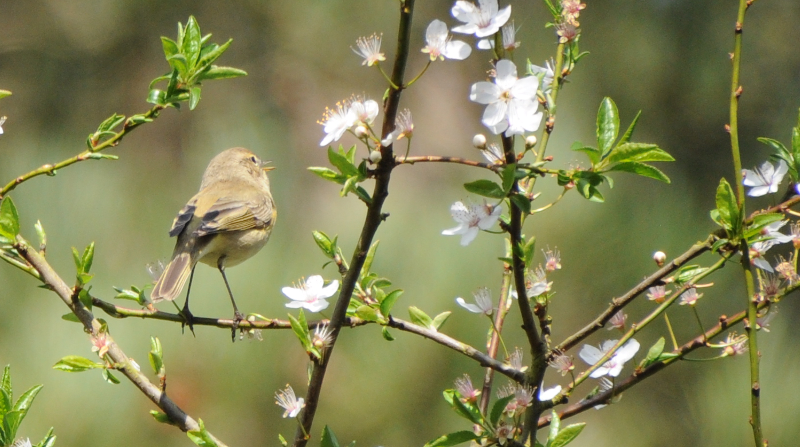


A bit of a more determined explore North of the trail is made, but it only yields mammals, and, later, some seriously loud military aircraft coming in to Lakenheath.

The resulting figure of eight leaves enough time for a quick trip to Lynford Arboretum. There's time for a quick explore of the lakes North of the arboretum itself; this is a bit of a waste of time - they hold no ducks of interest, despite having an excellent hide. The arboretum is full of Goldcrests - I find perhaps ten of them in the area nearest the carpark.
A brief phone call from my accommodation provider abruptly brings proceedings to a halt; apparently they've been unable to get in touch with the person that operates the little self-catering place I've reserved, so I need to find somewhere else to stay! Humph. Thankfully, second choice Swan Inn (in Hilborough) still has availability, and it turns out to be an excellent (if occasionally eccentric) choice.
Day Two
A bit of online research suggests there's an alternative Goshawk site quite near the Swan. A thick early morning mist refuses to shift, however, so a great deal of staring at greyness is the only result.
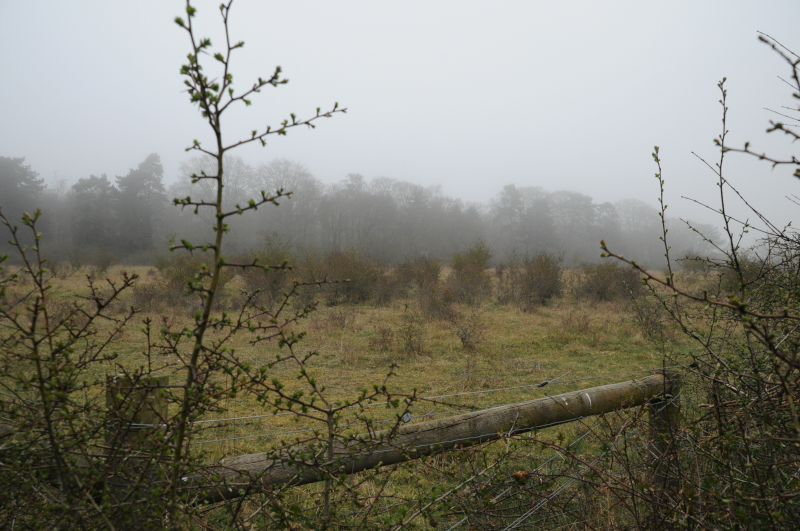
Fine then; back to the arboretum - perhaps we'll find something in the murk there? The weather does brighten up in patches but it's still pretty miserable; a complete change from the balmy t-shirt weather of the day before, today it's all three layers and wondering if a fourth might have been a good idea.
There are fewer Goldcrests today. In the area around the bridge, a single Marsh Tit awaits.
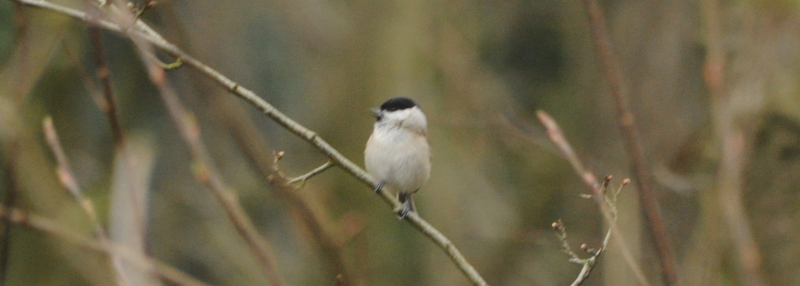
Crossbills are nowhere to be found; in the area near the roost there are hundreds of Redwing, though.
On the route back to the car park, a friendly gentlemen points out a a place where a Tawny Owl often roosts. And, indeed, there's one there. To my surprise though, he struggles to get on to it, but isn't that bothered; he's just cheerful to have shared the secret.
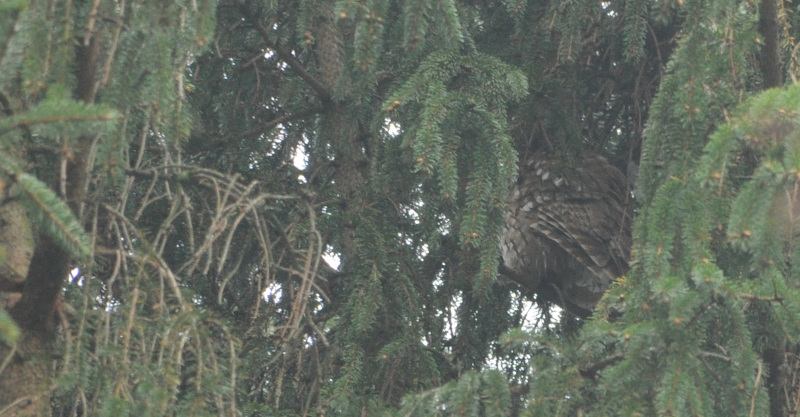
Back to the car: where next? Let's see if we can find Lesser-spotted Woodpecker at Santon Downham.
Initial signs look good - not only has one chap found the woodpecker, but several Kingfishers and three otters. I follow his directions in hope of picking up where he left off, and find...absolutely sod all. A couple of other areas that really ought to support a Little Owl and Woodlark respectively are also completely bereft of birds. Humph.
Unbowed by such poor results, it's time to try another site; post number 7 on the road up from the A11 into the forest.
The light's now a bit better; we'll pay the cost of the intermittent drizzle that seems to have caused it. This bit of the forest is full of Chaffinches and Brambling, to a point where their calls start to get a bit tiring.
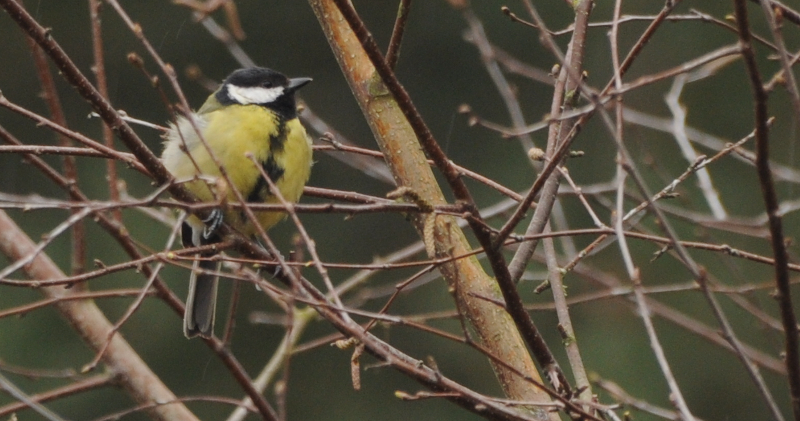
After a short walk the forest opens up into a big clearing - if Goshawks exist (evidence for this fact seems somewhat scant so far) perhaps we'll see them over the trees from this clearing. Presumably the best place to do that from is the middle of the clearing, so that's where I go.
There are several Buzzard visible from here over the next hour or so, and a very confiding pair of Stonechat, but of Goshawk there is no sign.
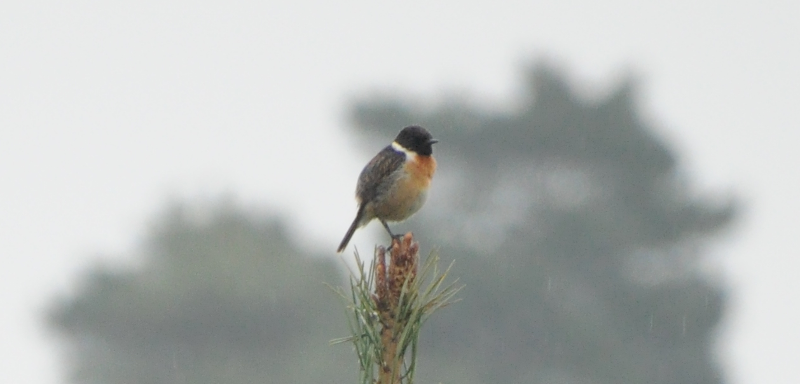
Back to the car for a brief nap.
Revived, I decide to retreat to Lakenheath, for some easier birding; a break from this hard-going forest nonsense. To my chagrin though, even that seems somewhat unbirded; on a quick circuit of the reserve the only event of note is disturbing some Greylag Geese who had taken up residence on the riverside footpath.
Thankfully, the flash opposite the reserve on the other side of the Little Ouse has some waders; plenty of Black-tailed Godwit, some Redshank, one or two Avocets. As the afternoon waxes into the evening, a Corn Bunting turns up, and a Kingfisher puts in a series of appearances up and down the river. As the light fades further, a Barn Owl appears from somewhere off to the East, and flops about for a few minutes. An otherwise empty day gets a let off at the last minute.
Day Three
A quick trip to Weeting; apparently our thick-kneed friends have already arrived there. It ends up not being a quick trip - the chap in the visitor centre is exceptionally knowledgeable, and I leave with good instructions for possible Woodlark at the top of the nearby ridge.
As ever, the Stone Curlew are visible from the West hide, on the rotavated bit of field they can hide in so well.
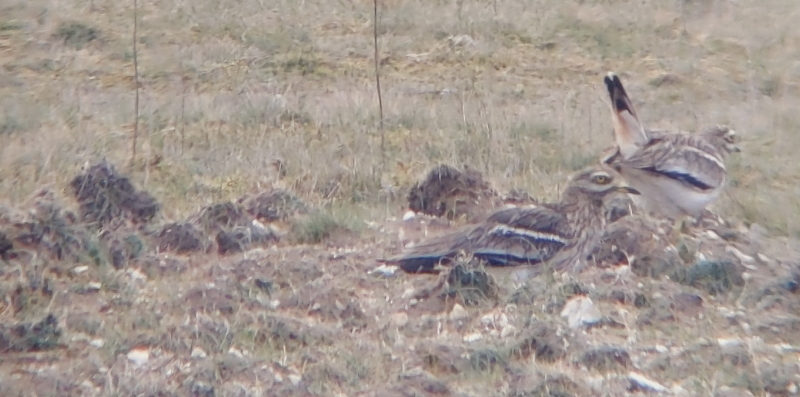
A quick visit to the East hide for completeness yields some amusing Shelduck; there's a pair that are constantly flying around the reserve; it's not clear why.
Now, to try the woodlark route. The instructions are to head up track 49 until there's an option to turn slightly right out of the woodland, along a path between a well fenced field on the left and an area of scrub on the right.
This pin on Google Maps is the midpoint of that bit of path. There were plenty of Stonechat here, along Linnets, a few Yellowhammer, and, just as I was about to give up, a single Woodlark preening in a dead tree.
Further visits to track 7 and Santon Downham don't give up any further species of interest. Forest birding continues to be hard work.
Day Four
The sun returns! Birding still proves difficult. Lynford Arboretum continues to be free of Crossbill, and its crests remain golden rather than fiery.
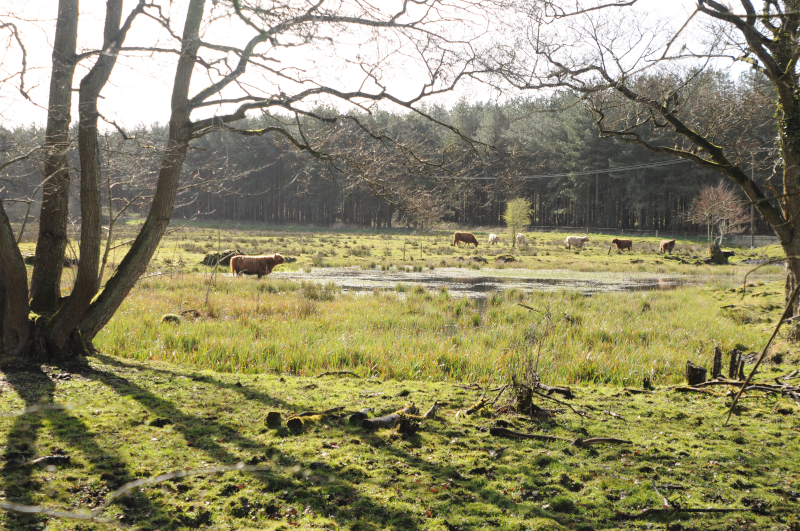
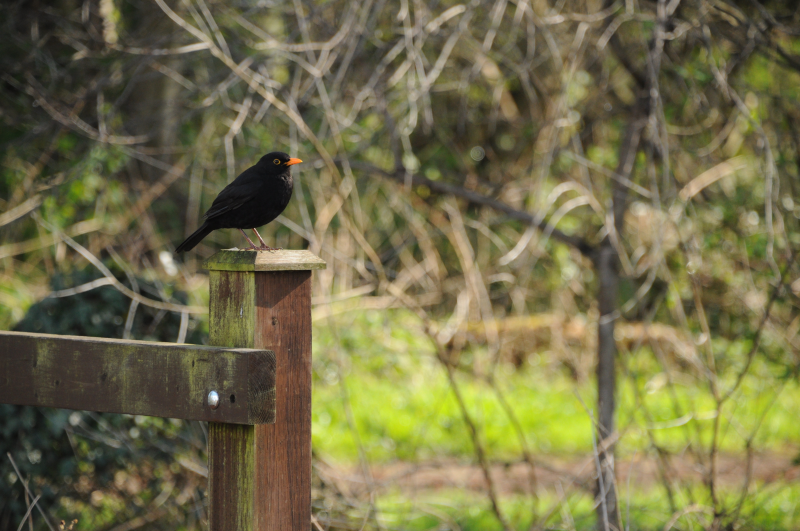
Santon Downham still won't give up a Lesser-spotted Woodpecker. A more extended walk through the forest to the North of the river there yields more Stonechats but again, of Goshawk there is no sign. Nor are there Woodlarks. Let's move on.
A trip to Cavenham Heath finally yields not one confiding Woodlark, but a pair of them.

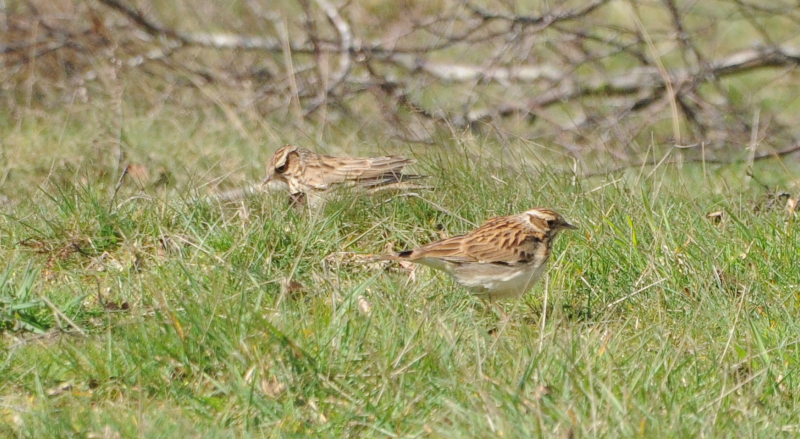
There's just enough time in the day left to try one further site for Goshawk near Cockley Cley. Here, for the first time, something that might have been a Goshawk occurs - an appropriate big hawk bundles itself between two bits of forest, but so quickly that I barely get bins on it. Definitely not enough for any real confidence in that bit of ID. Humph.



Day Five
An early morning visit to Santon Downham on the way to the Suffolk coast finds this excellent Treecreeper.
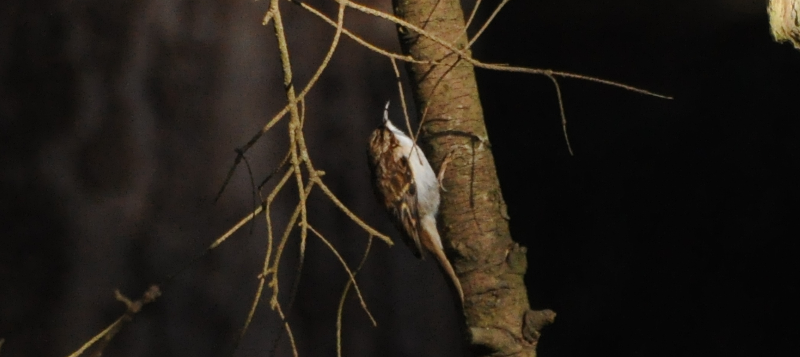
Suffolk Coast
Well, mostly Minsmere, to be fair.
Day one
After a surprisingly lengthy drive, there's enough afternoon left for a quick Minsmere visit. The weather's much better. Good enough, in fact, for an edition of spot the bird.

At this point, it's time to head into Leiston to find where I'm staying (this time the reservation's worked, what a relief) and to locate appropriate sustenance. On which note: Dear Adnams, Either make better beer, or let more pubs in Suffolk be non-Adnams pubs. No love, AB1. (Food and superior ale are acquired from the nearby Co-op).
Day two
A more timely and better planned trip to Minsmere yields more fruit. Bittern is heard booming from Bittern hide. Occasionally one flaps up out of the reeds for a quick tour. A pair of Marsh Harriers are collecting nest material.
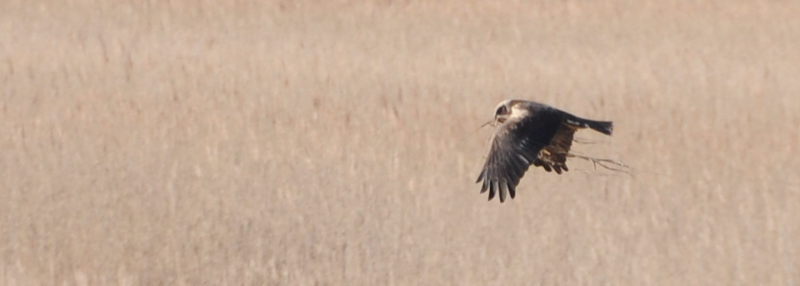
Further round the reserve, the Jack Snipe is still visible from the North hide, even if the reported Smew is still missing. There's an exceptionally confiding Snow Bunting on the first bit of beach; it doesn't even mind being interrupted by a toddler. Amazing.
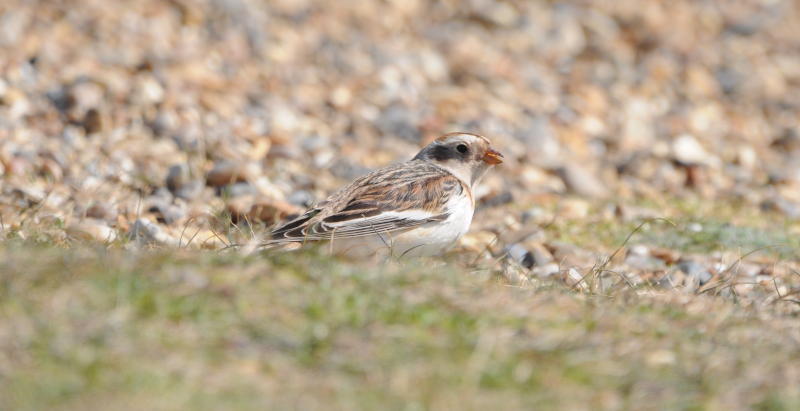
At the far end of the beach section, there's excitement. Why? There's a small bird darting around that looks like Stonechat to me. And another one next to it? Oh, no, that's actually a Black Redstart. Excellent. The Stonechats appear to dislike its presence and generally harangue it, until it eventually decides it's had enough and disappears over the sluice.
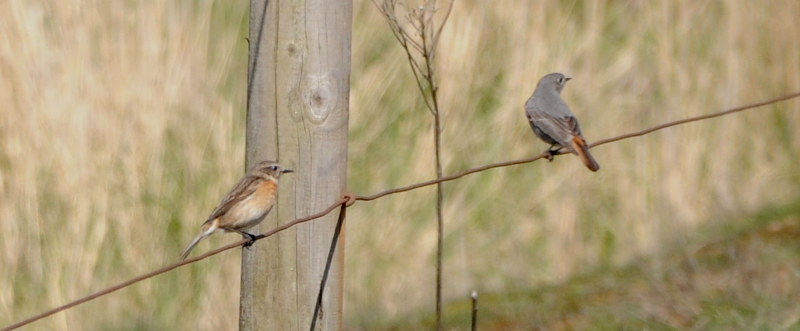
Further round, there's a big tour group in the South hide. They've got a decent amount to look at, too.
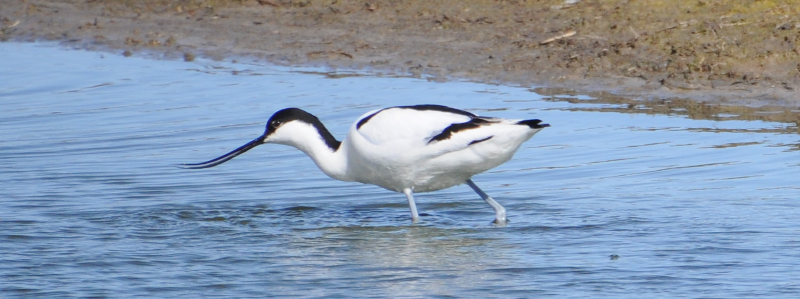

I settle down in the cafe with a hot chocolate, satisfied with a fine day out, only to discover there's a further Black Redstart (possibly the same bird?) visible from there!
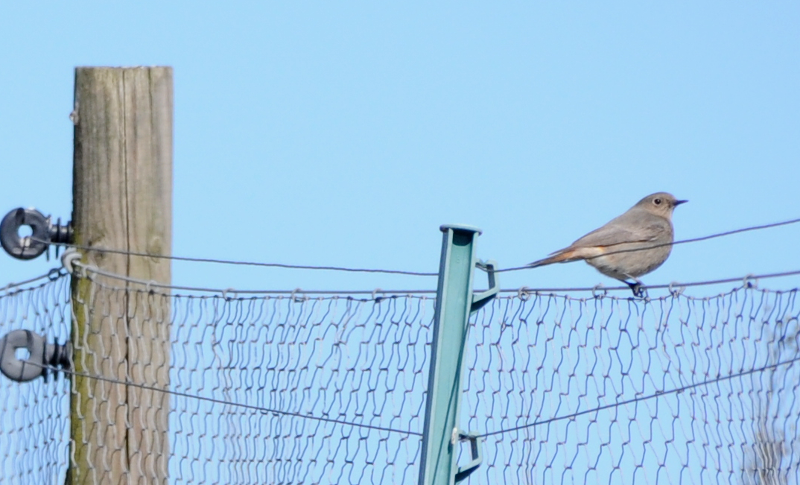
Despite a jam-packed Minsmere outing, it's still only lunchtime. Let's go grab some fish and chips from Southwold harbour. The portions are enormous; a further nap is required to recover.
Fortified post fish banquet, there's still time for a quick visit to Westleton Heath. The book reckons this is one of the easiest places to see Dartford Warbler in the UK, and it is correct; once I've seen one Dartford I can't stop seeing them.
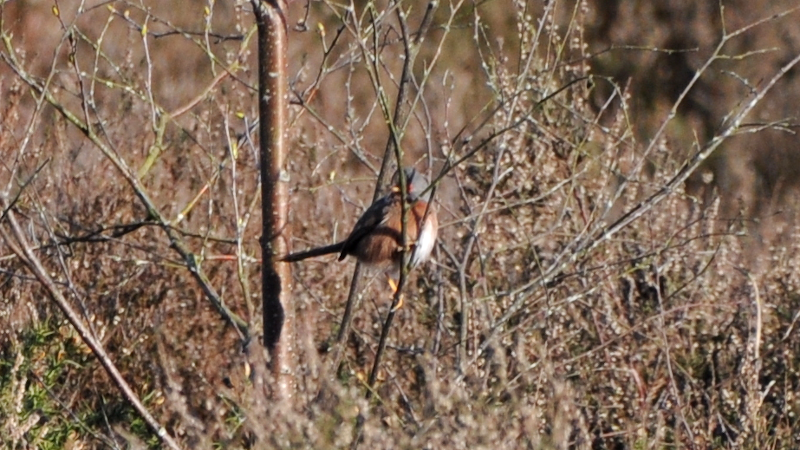

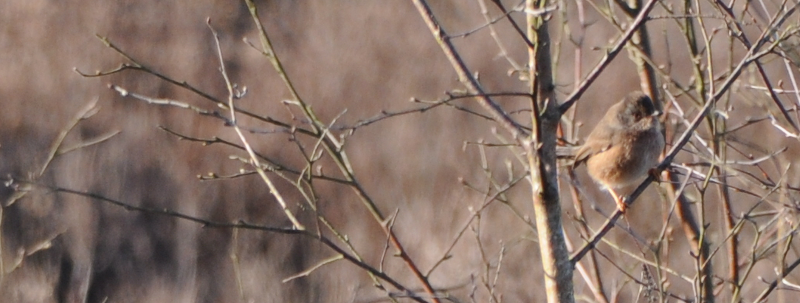
Day Three
There's just enough time in the morning for another trip to the Bittern hide. The Marsh Harriers are still nest building, but today, the real highlight is a pair of Bitterns chasing and calling each other in flight.
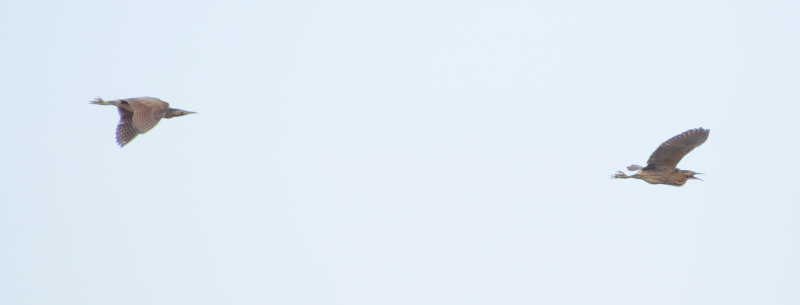

All in all, an excellent trip, even if the Brecks bit was short several of the target species (Goshawk, Lesser-spotted Woodpecker, Crossbill, Firecrest)!